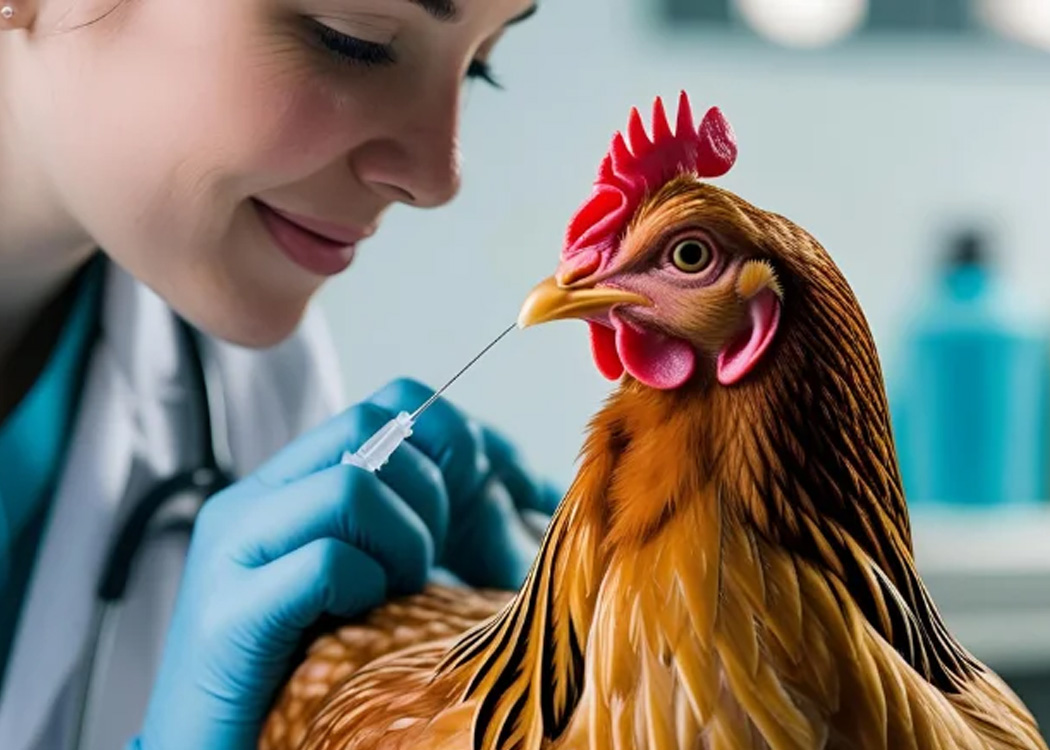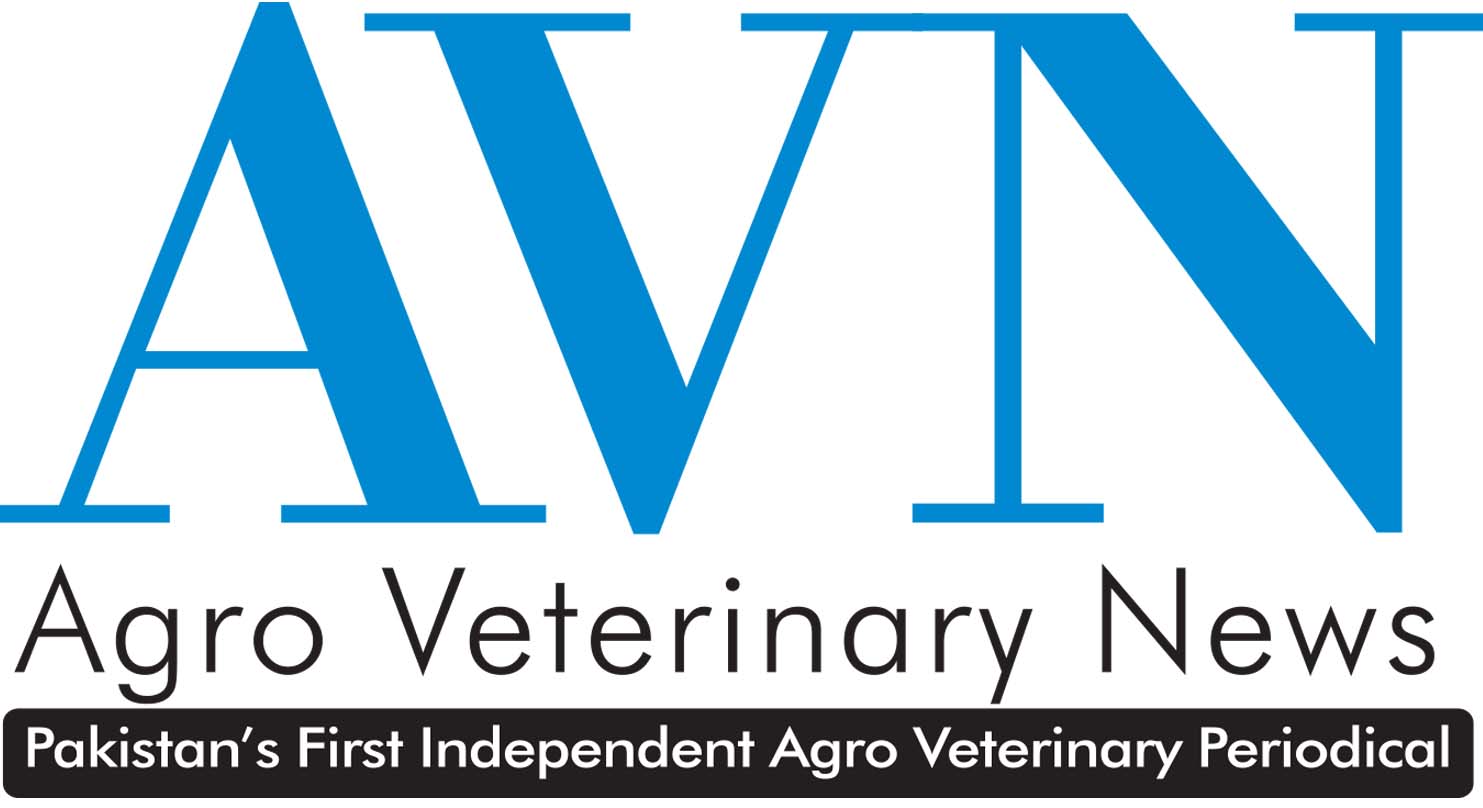The U.S. Department of Agriculture (USDA) will potentially announce a plan to vaccinate poultry against highly pathogenic avian influenza (HPAI), according to Reuters.
The agency said it is working with federal, state and industry officials to create the potential plan. Additionally, the USDA is preparing to present the plan to importers to gauge whether the implementation of HPAI vaccination would limit U.S. exports.
“You need a more complete strategy and plan for them to consider,” Dr. John Clifford, former USDA chief veterinary officer and U.S. Poultry and Egg Export Council advisor, told Reuters.
The plan would fall under the agency’s five-pronged strategy to combat the disease and lower egg prices, in which it committed to investing US$100 million in HPAI research, evaluating import and export strategies, reducing regulatory burdens to expand supply and lower prices, expediting relief for producers to help repopulation and strengthening biosecurity.
What should the plan include?
Speaking at the 2025 PEAK show, Dr. Ben Wileman, director of veterinary and avian sciences, Select Genetics, said that for a potential vaccination plan to be successful, it should address the following questions:
- What triggers vaccination?
- What are we going to use and how are we going to use it?
- How are we going to track it and what type of surveillance program will we have for it?
- What triggers stopping vaccination?
To strengthen a potential HPAI vaccination plan even further, members of the Senate Committee on Agriculture, Nutrition and Forestry are advocating for the agency to include measures for turkeys and dairy herds.
In a letter to U.S. Agriculture Secretary Brooke Rollins, Sens. Amy Klobuchar (D-Minnesota), Chuck Grassley (R-Iowa), Mike Rounds (R-South Dakota) and Elissa Slotkin (D-Michigan) said that because avian influenza has impacted a wide array of animals, they believe any biosecurity and vaccine measures, including discussions with foreign trading partners, should be available to all livestock producers dealing with disease, including turkey and dairy producers.





